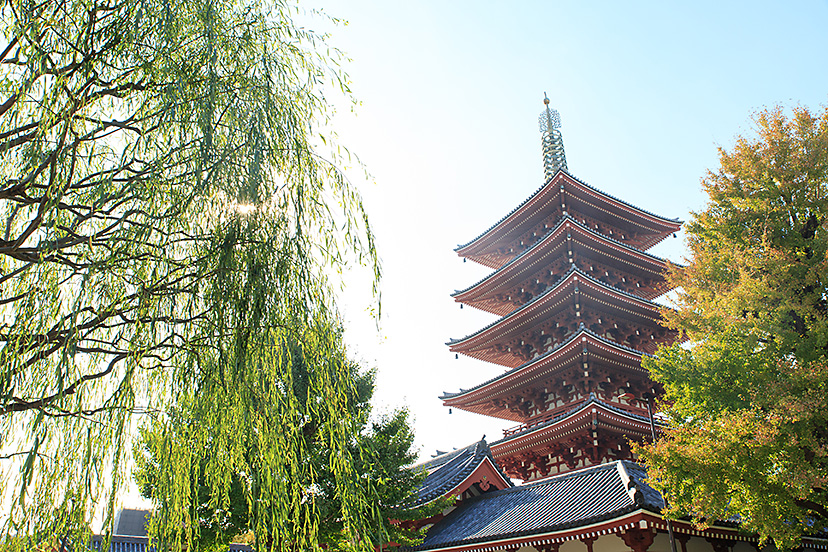Camera FAQ #9: What Kind of Scenes Should I Use AE Lock For?
Auto Exposure (AE) Lock is a function that lets you lock the camera's exposure settings for a specific subject. Read on and find out more about the kinds of scenes for which AE Lock can be used, and learn how to make full use of it for great pictures. (Reported by: Kazuo Nakahara)

With AE lock (Spot metering)

EOS 5D Mark III/EF24-70mm f/2.8L II USM/FL: 29mm/Aperture Priority AE (f/11, 1/200 sec, EV ±0)/ISO 400/WB: Auto
I first placed the building in the centre where it cast a shadow due to the backlight. I then took a meter reading, turned on AE lock, and then re-composed the image before capturing it. This let me capture a bright photo of the building without being affected by the strong backlight.
No AE lock (Evaluative metering)

EOS 5D Mark III/EF24-70mm f/2.8L II USM/FL: 29mm/Aperture Priority AE (f/11, 1/3,200 sec, EV ±0)/ISO 400/WB: Auto
If you aim at the subject using evaluative metering without AE lock, the exposure will be weighted more to the background, resulting in the building showing up as a silhouette.
AE lock is often used in scenes with a large difference in brightness, such as when there is backlight
Since a camera’s auto exposure settings differ depending on the brightness and placement of the subject as well as the metering mode selected, it is difficult to consistently obtain a constant result. Therefore, the AE lock is a way to measure and then lock the exposure by limiting the measurement to a certain subject. With this, it becomes easier to determine the exposure for a scene with a large difference in brightness on the screen, such as in a backlit scene.
Since AE lock lets you lock the exposure settings based on the brightness of a specific subject, it is thus important to set the metering mode to spot metering or centre-weighted metering first. Because spot metering evaluates and calculates exposure based on a very small area (just a small % of the viewfinder image) near the centre of the scene, if you do not aim closely at the subject you are metering, the exposure may fluctuate depending on its colour and pattern. If the subject is large enough, it is probably easy to use centre-weighted metering.
When taking a photo, first adjust the desired subject to the metering point (normally in the centre) before pressing the AE Lock button to lock the exposure setting. After that, you can just adjust the composition and shoot. You can vary how your works look by adjusting the exposure to either the highlight or the shadow.
Combine AE lock with either spot metering or centre-weighted metering

Spot metering

Center-weighted metering
For consistent results, it is a good idea to use a metering mode with a limited metering range.

Kazuo Nakahara
Born in Hokkaido in 1982, Nakahara turned to photography after working at a chemical manufacturing company. He majored in photography at the Vantan Design Institute and is a lecturer for photography workshops and seminars, in addition to working in commercial photography. He is also a representative of the photography information website studio9.

Digital Camera Magazine
A monthly magazine that believes that enjoyment of photography will increase the more one learns about camera functions. It delivers news on the latest cameras and features and regularly introduces various photography techniques.
Published by Impress Corporation

































